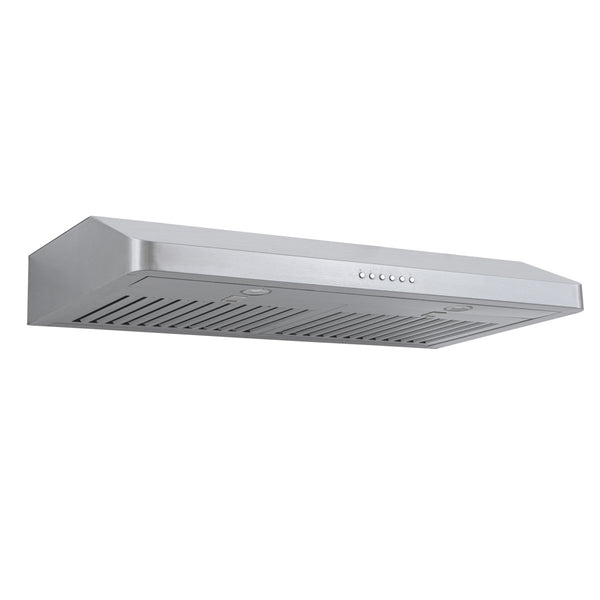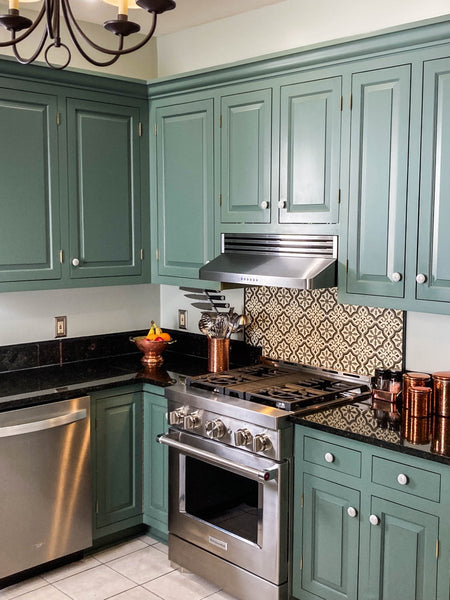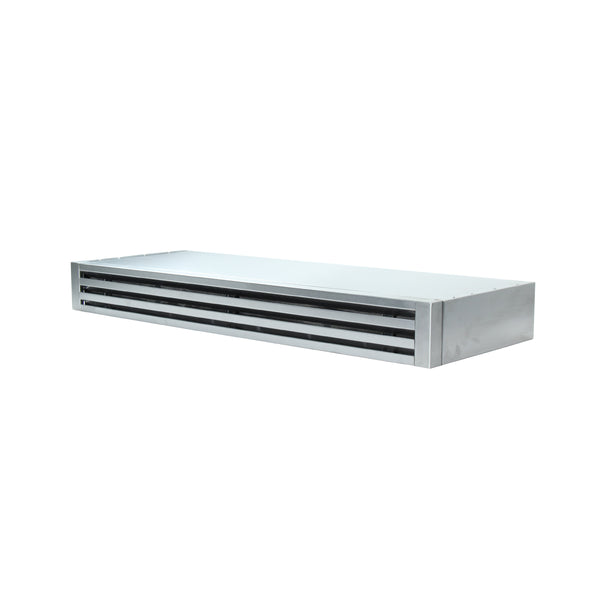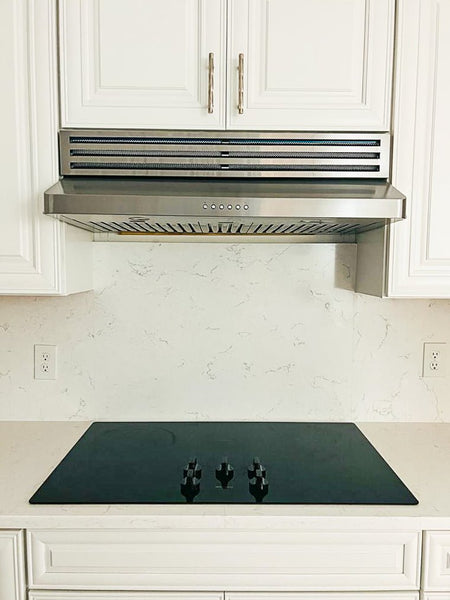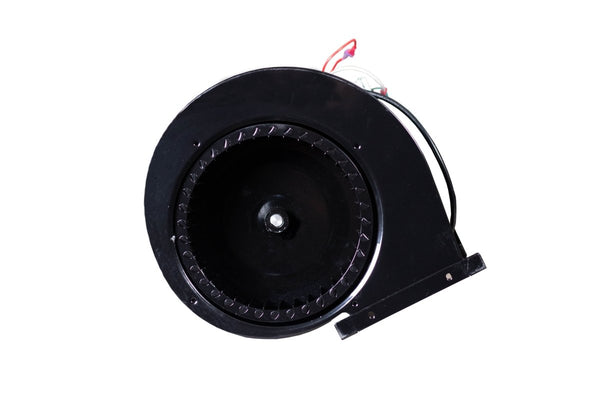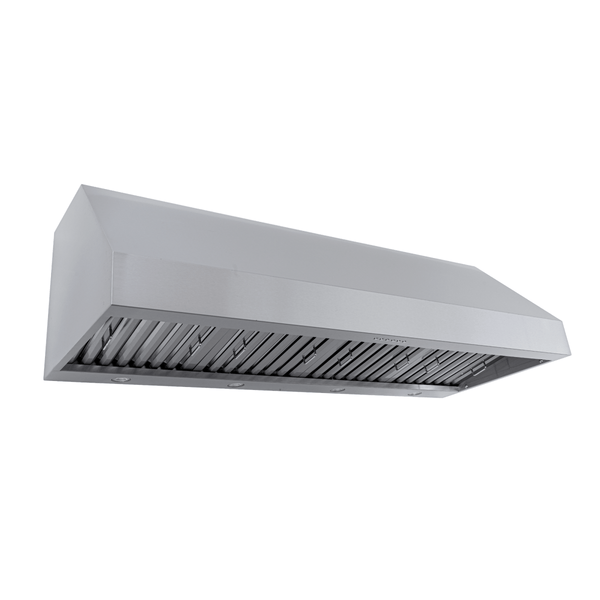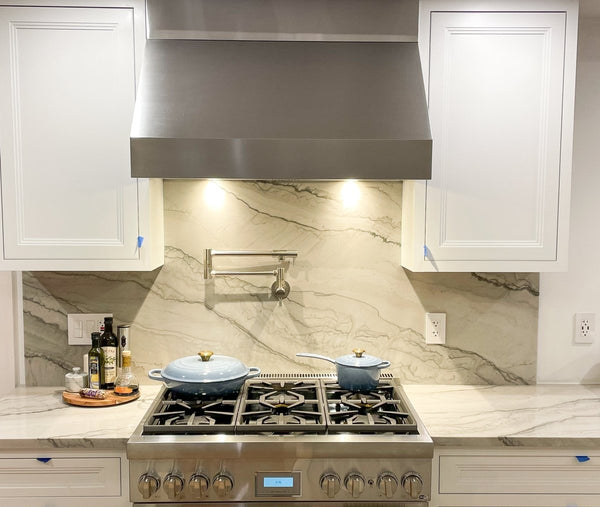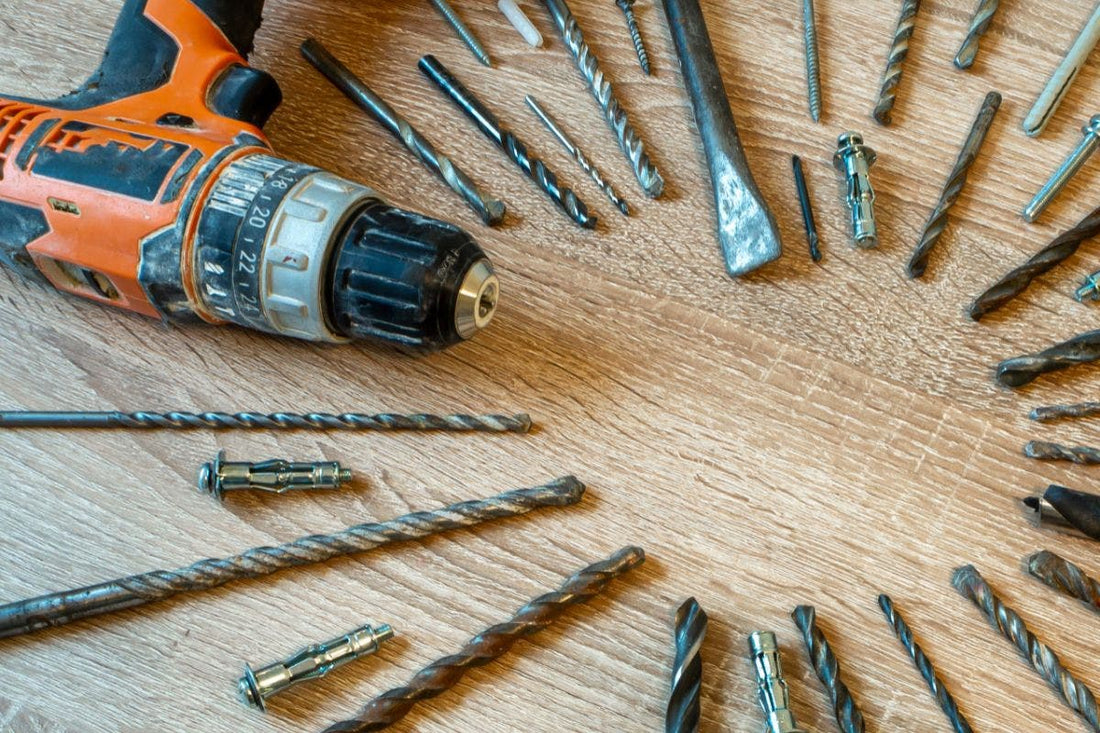If you frequently work with screws as part of your profession or hobby, then you are bound to have come across a damaged screw.
Whether it’s an old screw that has broken or you’ve accidentally broken it yourself, trying to remove a broken screw can be a tricky task.
One of the most common ways to remove a screw is by drilling it out.
In this article, we will look at how you can drill out a screw regardless of whether it has a broken head or a stripped head.
How To Remove A Screw With A Broken Head
Let’s begin by looking at how to remove a stripped screw that has a broken head.
Sometimes you can just leave the screw in place and work around it by drilling a pilot hole and putting a second screw in place in close quarters to your broken screw.
However, this isn't always something you can do.
With some builds, such as hinges, you don’t have the luxury of adding a second screw and you will instead need to remove the broken one.
The way to remove a broken screw depends on the exact circumstances.
Here are three common scenarios you may want to remove a stripped or broken screw and how to remove it in each case.
Screw Shank Extends Past The Wood
If the head of the screw snaps off but part of the screw still sticks out past the wood surface, then you will need some locking pliers.
Grab the screw shank with your pliers and this will give you the grip and friction you need to turn the screw.
You should be able to turn the screw counterclockwise until it becomes free and can be pulled out.
Screw Breaks At The Wood Surface
If the screw breaks and is more or less level with the wood surface, you’ll need both a utility knife and locking pliers to remove it.
Make sure your knife has a sharp blade and use it to cut away some of the wood that surrounds the screw shank.
Don’t go crazy when you cut away the wood and remove the least amount you can.
All you need is enough room so that your locking pliers can grip onto the screw shank.
Take a firm grip of the screw and back it out of the wood.
This will leave some damage to your wood but you can cover that if you need to by drilling a half an inch diameter hole that is centered on the empty screw hole. You can then fill the hole with a dowel.
Screw Breaks Beneath The Wood Surface
If your screw breaks beneath the surface of the wood and you need to keep the screw in that location, then this is the process you will need to follow.
Use a half an inch drill bit to make the screw hole wider. You should widen the hole down to the broken part of your screw.
Take a hammer and nail and use the point of the nail to make half a dozen starter holes surrounding the screw.
You will then need either a 3/32 inch or 7/64 drill bit. Use the bit to bore holes that are right next to the broken screw on all sides around it.
You should aim to drill to a depth that is at least as deep as the end of the screw.
Take a nail punch or an awl and wiggle the screw until it becomes loose enough to grip the screw.
You will need some needle-nose pliers to grip the screw and you should be able to pull it free.
How To Remove A Screw With A Stripped Head
You have to be careful with screws so that you don’t drive it too quickly. If you do, it can result in a stripped head.
This is especially a concern when using a power screwdriver on a screw with a Phillips head screw.
Once the head of the screw has been stripped, you won’t be able to drive the screw deeper or back it out without taking some additional steps.
It’s best to be careful so that this doesn’t happen but if it does, you can take the following steps to remove your screw.
If your screw is sticking out above the wood surface, you can remove it using a pair of locking pliers.
Place them as close to the wood surface as you can and take a firm grip of the screw before gently turning the screw counterclockwise.
Make sure that you turn the screw gently as this will reduce the risks of the screw head snapping off.
Be careful when using these pliers as they can lose their grip.
If this happens and the pliers slip, they can damage the surface of the wood.
We would recommend protecting your wood from any slips by placing some cardboard.
You should slide the notched halves of the cardboard around the screw so that if your pliers do slip, you will damage the cardboard instead of your wood.
How To Prevent Stripped Or Broken Screws
Make sure you choose the right screw for the job. If you choose the wrong type of screw, you might not have a screw that is not strong enough and this will increase the risk of it breaking.
You should also have a drill bit set that has a variety of sizes so you can drill pilot holes that are the right size for your screws.
Final Thoughts
In this article, we explained how to drill out a screw to remove a stripped or broken screw.
We gave instructions on how to remove a screw that had a stripped head and also several scenarios that involved a screw with a broken head.
We hope that you never need to drill out a screw but if you do, the instructions and tips in this article should help.
